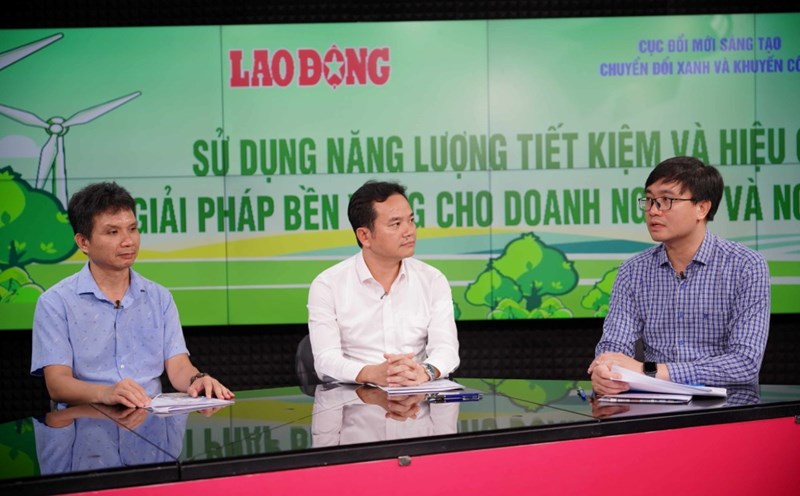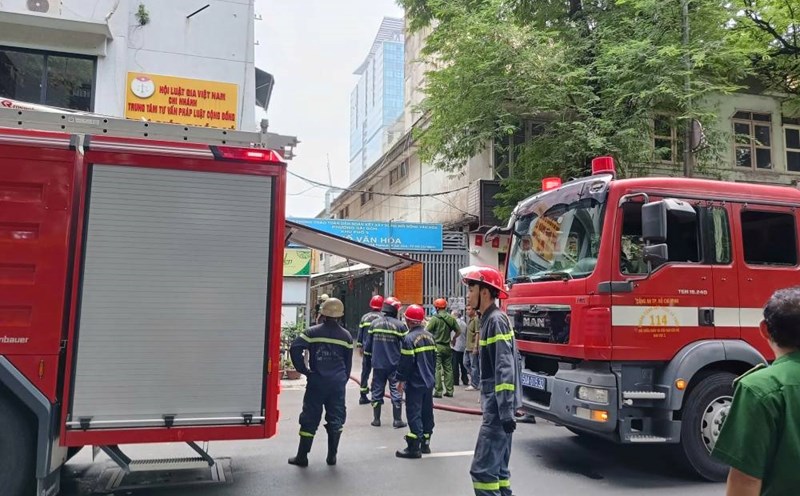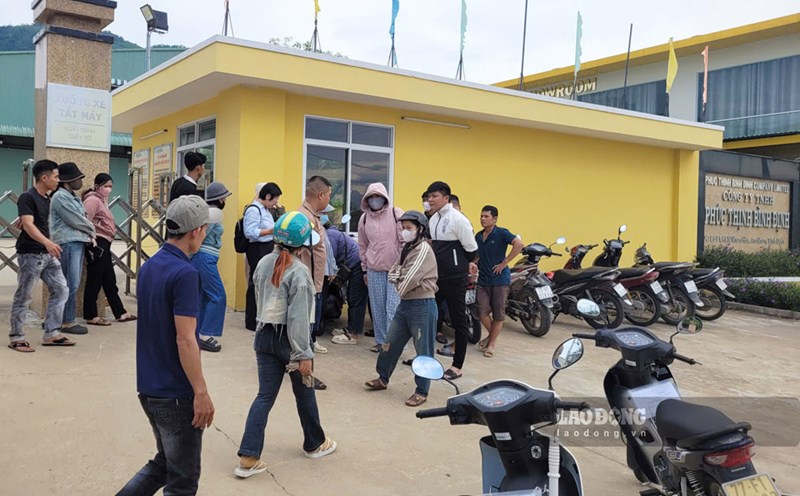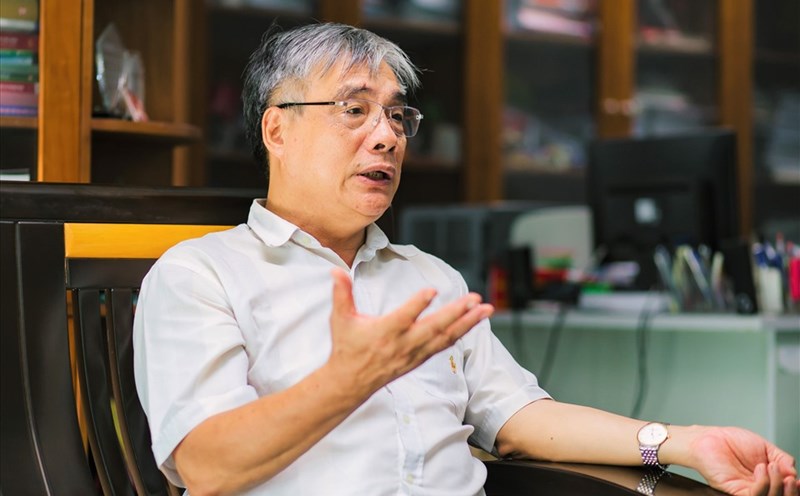Dual solutions for autonomous economy and sustainable environment
Energy is a core factor in ensuring the smooth operation of the economy and maintaining social stability. Every production sector - from industry, agriculture to services - directly contributes to energy.
For Vietnam, the growth rate of commercial electricity is continuously exceeding GDP, reflecting the economy that still contributes a lot to primary energy consumption. On the other hand, the requirements for industrial modernization, smart urban development, high-tech agriculture, digital economy, and electrification will continue to increase energy demand in the coming decade.
At the COP26 Conference (2021), Vietnam officially committed to achieving net emissions of 0 by 2050, demonstrating Vietnams political determination to participate in global efforts to respond to climate change.
In an interview with Lao Dong, Associate Professor, Dr. Dang Tran Tho - Giang Vien - Director of the Institute of Energy Technology (Hanoi University of Science and Technology) assessed that in the context of the international context strongly promoting the green energy transition, this commitment puts Vietnam in the group of pioneering countries in the ASEAN region in climate change, while opening up opportunities to attract green investment, clean technology reception, international cooperation and improve national competitiveness.
According to Associate Professor, Dr. Dang Tran Tho, the energy transition trend is happening strongly globally. Developing countries such as the EU, the US, Japan, South Korea, etc. have set a goal of completely eliminating coal-fired power, investing heavily in renewable energy, storage infrastructure, and transportation electrification.
"Vietnam cannot stand outside, with its important geoeconomic position, great potential for renewable energy and rapidly developing industry, Vietnam can become an attractive destination for global shift capital if it has the right energy strategy" - Associate Professor, Dr. Dang Tran Tho emphasized.
Along with the opportunity, Associate Professor, Dr. Dang Tran Tho said that the Net Zero commitment also puts great pressure on Vietnam to transform. By 2050, according to the adjusted Power Plan VIII, fossil energy sources will be almost eliminated, renewable energy and low-emission technologies will account for over 70% of capacity. To do that, Vietnam needs to choose solutions that bring double benefits: both cutting emissions and saving resources and social costs. Among them, energy efficiency emerges as a key solution.
Recently, General Secretary To Lam in the article "Stiff for the country's development" affirmed: "Stiff is a national policy, a cultural quality, a political act".
According to Associate Professor. Dr. Dang Tran Tho, in the context of the energy crisis, rising electricity prices, stressed budgets and the need to reduce emissions significantly, the ideology of efficiency needs to be spread deeply in the energy sector. This is not only an economic act but also a manifestation of patriotism and citizens' responsibility in building a green, autonomous and sustainable economy.
Energy saving - "foundation" for green growth
Energy saving will not only help Vietnam reduce hundreds of millions of USD in import costs, stabilize the macro economy and improve competitiveness in the context of the EU applying CBAM from 2026, but also open up opportunities to increase profits for businesses, reduce pollution and protect public health.
In an interview with Lao Dong, Associate Professor, Dr. Ngo Tri Long - an economic expert, assessed that saving and using energy effectively will - reduce pressure on energy imports, each 1% of energy savings is equivalent to reducing import costs by hundreds of millions of USD.
At the same time, improving national competitiveness in reducing energy costs will help Vietnamese products become more competitive, especially in the context of the EU applying carbon border tax (CBAM) from 2026. Macro-stabilization and reduced energy consumption mean reducing pressure on exchange rates, trade balances and public debt when importing fuel.
In addition, according to Associate Professor. Dr. Ngo Tri Long, energy production costs often account for 20 40% of total costs in the steel, cement, chemical, and textile industries. If energy costs are reduced by 10%, businesses can increase profits by 23%.
"Improving business efficiency by applying energy-saving technology helps prolong the life of equipment and reduce maintenance costs. Enterprises that save and use energy effectively will meet the requirements of "greening the supply chain" of international partners. This is a mandatory condition to participate in the export market after 2030" - Associate Professor. Dr. Ngo Tri Long recommends.










